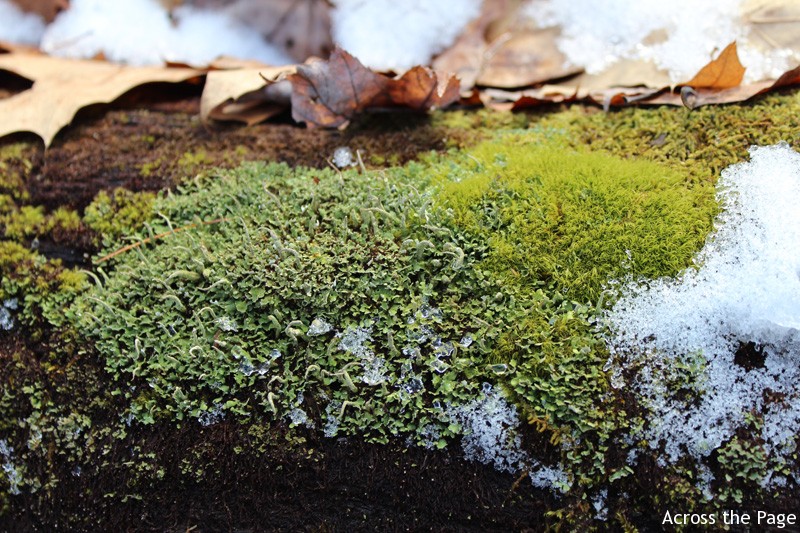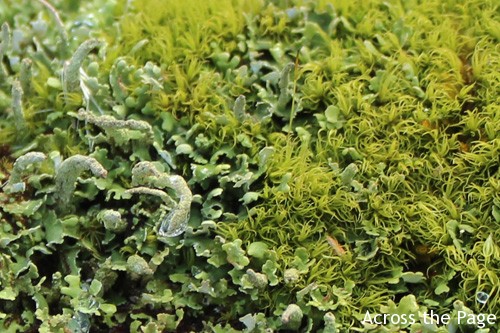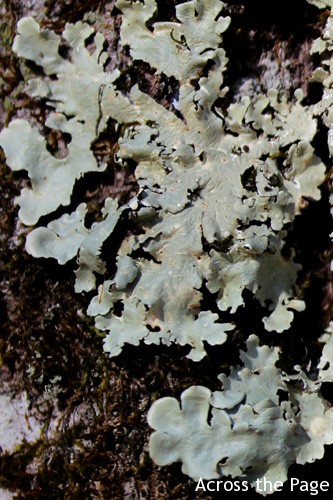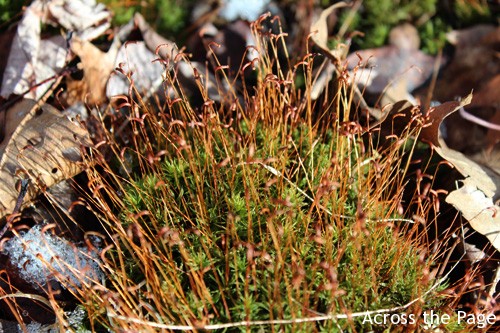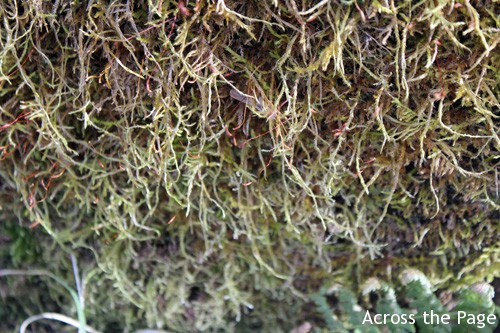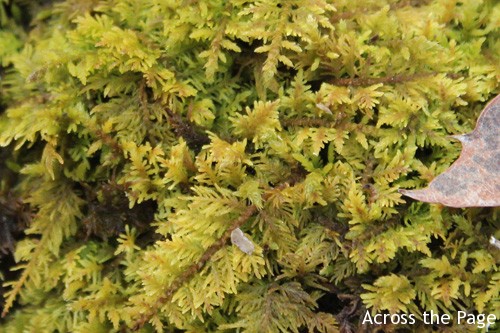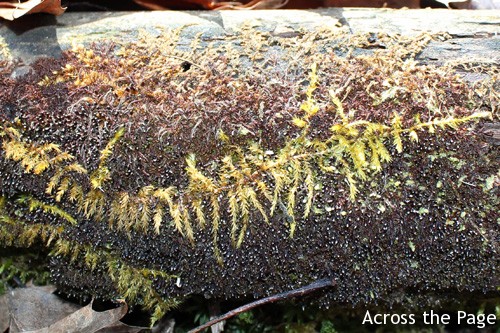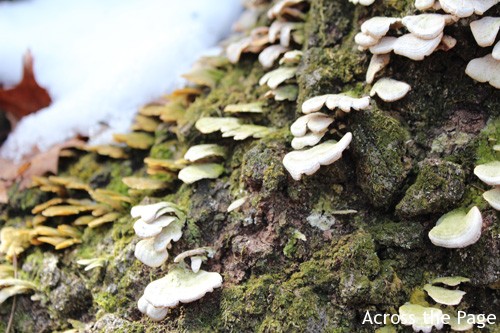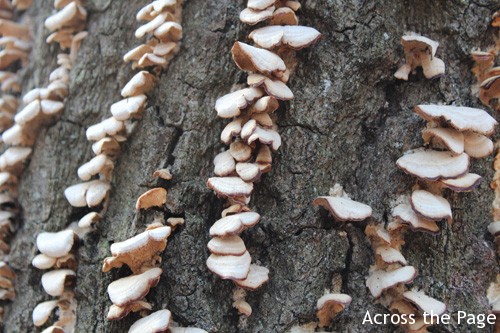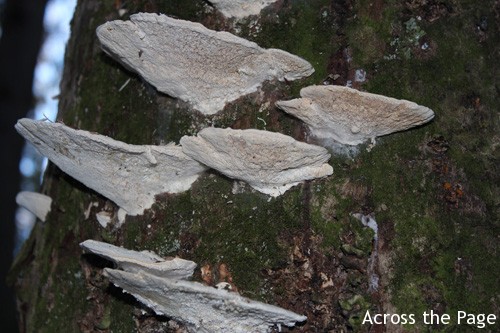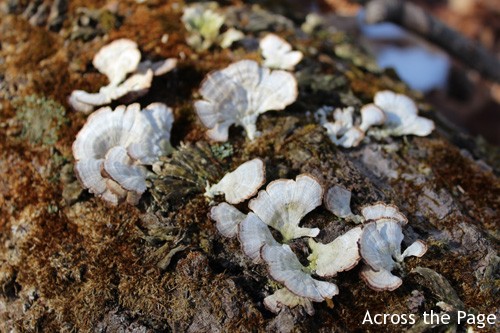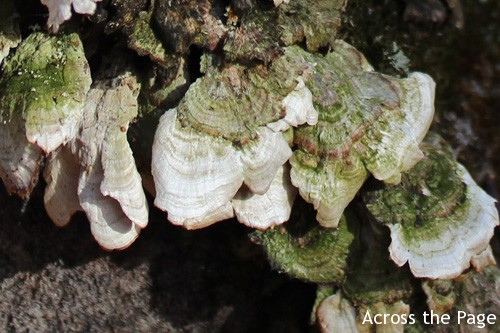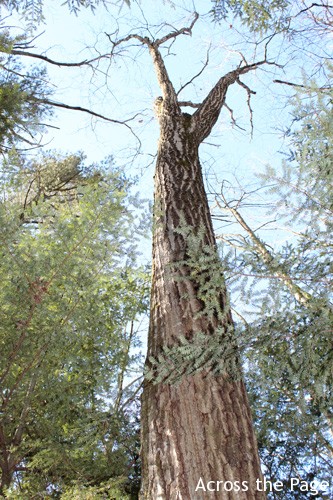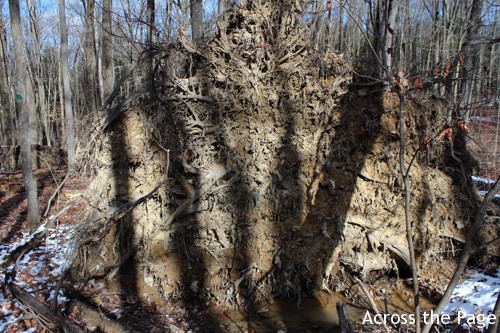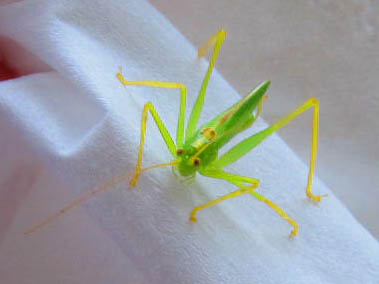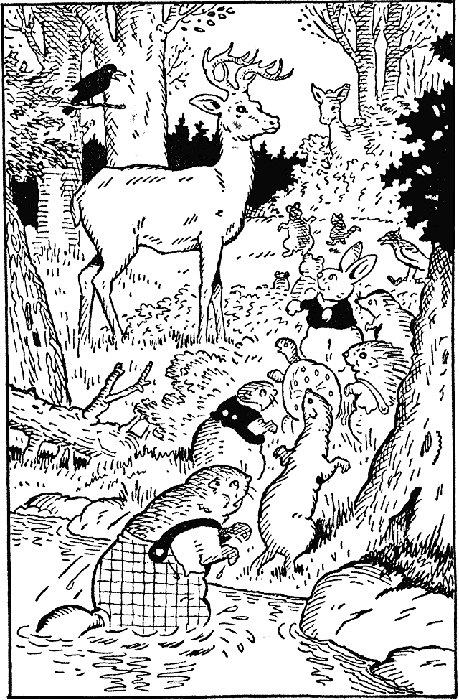Nature’s winter flourishes
We’ve been struggling with sickness this week and haven’t gotten out and about. I decided to look through my pics and revisit photos of things that struck me or puzzled me, and see if I can make any headway at least identifying them. Basically, I found lots of pics of mosses, lichens, and fungi — words that don’t inspire a shiver of excitement for me when I hear them, yet they stand for things that invariably please my eye and make me wonder when we’re out and about in the woods.
I made some limited headway in identification, but aside from knowing that these are things that thrive in damp places, I still know very little about them.They’re beautiful garnishes, touches of color and texture along the trail.
There are three or four different kinds of flora growing on this log. You can click on it to enlarge it. The varied textures and shades of color please the eye.
Some of the lichen on the left seems to be standing tall and looking around.
The lichen is similar to this lettuce-like patch on a live tree, but for those taller fronds.
The mosses always remind me of the terrariums I made in school as a child. There was something magical about creating a miniature fairyland in a glass container.
I’ve noticed a couple of different kinds of moss, and after looking around online I think this is a variety of hair cap moss. Aptly named, isn’t it?
(*Edited to add: After reading Comstock’s Handbook I’ve realized this is probably not hair cap moss, but broom moss.)
This has the same long tendrils growing out of it, but the moss is quite different otherwise. It doesn’t have the pine-tree structure of the previous pic, and it’s limp and pale.
This is fern moss, which I think is my favorite.
Bracket fungus is pretty common on many of the living trees. Here it looks like someone spilled a cupful of it down the tree slope.
These are much more orderly, like toy soldiers all lined up for business.
This may be bracket fungus grown large.
And these next ones may be turkey tail fungus, a variety of bracket fungus. I love the name!
Right about now, it occurs to me to doubt that this is of interest to anyone but me. Especially since I’m doing so little to elucidate the wonders of fungi… I’m just trying to identify them at this point, but the questions of why they are there, and what their place is in the forest, will have to wait till this book comes out.
So here are a few pics of non-moss and non-fungi, and I’ll call it a day.
I’m not great with tree I.D., but the striped bark of this tree (one of many I’ve seen lately) intrigued me enough to try. I think it’s a white walnut tree.
This is a common sight: an uprooted tree with its root system perpendicular to the ground. I didn’t notice the shadows of living trees when I took this picture, but it adds interest for me, transforming it from a documentary record of a root system to an image of existence, or mutability, or something.
And with that cheerful thought — “dust to dust” — I’m done. There’s nothing like a forest to make us more aware of the passing of time, and what we’re doing with it.
